Co-processing
Co-processing is the use of waste as raw material, or as a source of energy, or both to replace natural mineral resources (material recycling) and fossil fuels such as coal, petroleum and gas (energy recovery) in industrial processes, mainly in energy intensive industries (EII) such as cement, lime, steel, glass, and power generation. Waste materials used for Co-processing are referred to as alternative fuels and raw materials (AFR).
Concept of Co-processing
Co-processing is a proven sustainable development concept that reduces demands on natural resources, reduces pollution and landfill space, thus contributing to reducing the environmental footprint. Co-processing is also based on the principles of industrial ecology, which considers the best features of the flow of information, materials, and energy of biological ecosystems, with the aim of improving the exchange of these essential resources in the industrial world.
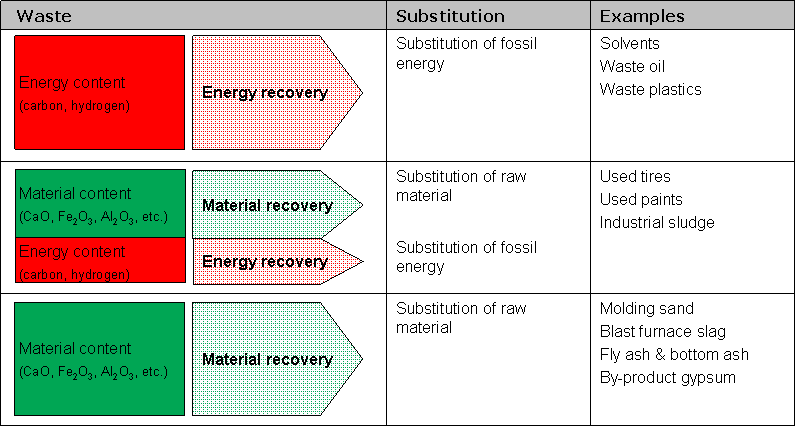
Figure 1: Types of Co-processing
In summary, the benefits of Co-processing are:
- to conserve natural (non-renewable) resources of energy and materials,
- to reduce emissions of greenhouse gases in order to slow global warming and demonstrate a positive impact on integrated environmental indicators, such as the ecological footprint,
- to reduce the environmental impacts of the extraction (mining or quarrying), transporting, and processing of raw materials,
- to reduce dependence on primary resource markets,
- to save landfill space and reduce the pollution caused by the disposal of waste, and
- to destroy waste completely eliminating potential future liabilities.
Co-processing contributes to the industrial competitiveness, is a complementary technology to concepts such as cleaner production or recycling and should be considered as a treatment alternative within an integrated waste management concept. Some EII offer co-processing as a sustainable waste management service. It is usually more cost effective to adapt existing facilities of EII than building new waste treatment capacities thereby reducing waste management cost to society.
The waste management hierarchy (see figure below) shows that Co-processing is a recovery activity which should be considered after waste prevention and recycling; Co-processing ranks higher in this hierarchy in comparison to disposal activities such as landfilling or incineration.
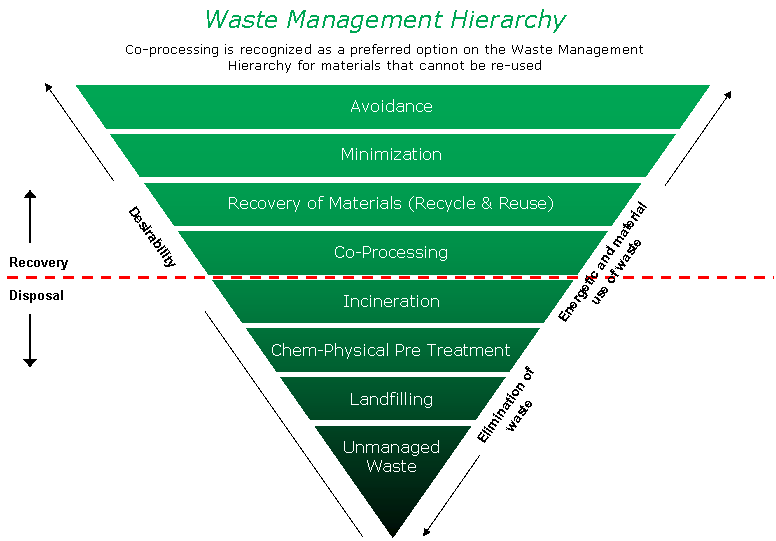
Figure 2: Waste Management Hierarchy
Potential of Co-processing
The global industrial demand for energy is roughly 45% of the total demand and the requirements of the energy intensive industries (EII) are more than half of the total industrial demand, at 27%.
Worldwide, wastes suitable for Co-processing have an energy potential equivalent to nearly 20% of the fossil fuel energy used by the EII and coal-fired power plants. By 2030, the thermal substitution rate of waste could rise to nearly 30%. In the EU-25 countries of Europe, the available energy potential in waste currently represents nearly 40% of this demand, and this is expected to rise to almost 50% by 2030.
However, in the year 2004 in EU-25, less than 10% of the energy content of the waste that was not being reused or recycled was utilized by the EII and power plants. This figure indicates to which extend the high potential of waste as alternative fuel and a source of materials is being neglected.
Roughly 60% of the waste that could be used for Co-processing is biomass and therefore carbon neutral. In this way Co-processing offers a significant potential for the reduction of greenhouse gas emissions from fossil fuels. Furthermore, diverting industrial waste streams from landfills and incinerators without energy recovery contributes to reducing overall CO2 emissions when used to substitute fossil fuels through Co-processing (as illustrated in the figure below).

Figure 3: Reduction of Emissions through Co-processing
Other factors that must be considered when Co-processing waste include product quality standards, permitting aspects, and transparent communication in order to gain public acceptance.
Examples of waste that can be co-processed
-
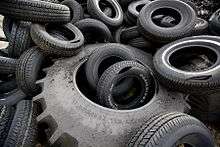
Used tires
-

Various solid waste in plastic barrels
-
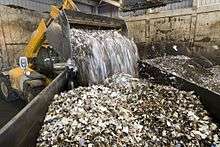
Shredded solid waste
-

Contaminated paper
-

Medical waste (pharmaceutical phial)
-
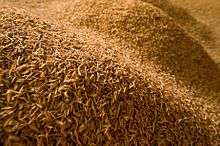
Rice husk
-

Contaminated glass bottles
-

Impregnated sludge
-

Paint sludge
See also
External links
- Co-Processing Waste Materials in Cement Production On this website you will find various digital documentations related to the topic "Co-Processing Waste Materials in Cement Production".
- The Deutsche Gesellschaft für Technische Zusammenarbeit fosters the international collaboration for sustainable development.
- The World Business Council for Sustainable Development provides a platform for companies to explore sustainable development, share knowledge, experiences and best practices, and to advocate business positions on these issues in a variety of forums, working with governments, non-governmental and intergovernmental organizations.
- The Cement Sustainability Initiative (CSI) was formed to help the cement industry to address the challenges of sustainable development. The business leaders of a group of major cement companies lead the initiative.
- The United States Environmental Protection Agency (EPA) leads the nation's environmental science, research, education and assessment efforts. The mission of EPA is to protect human health and the environment.
- Energy from Waste Production of energy through the incineration of waste
Downloads
- http://www.coprocem.com/literature-var-2 Literature on various aspects of Co-processing in EII
- http://www.coprocem.com/trainingkit/pages/home.html A training kit on Co-processing waste materials in cement production
Videos
- CBS: http://www.kutv.com/content/news/local/story.aspx?content_id=a27e9417-f361-46ac-8f2e-fad9c5fce1d6
- NBC: http://www.ksl.com/?nid=148&sid=4299008
- Fox: http://www.myfoxutah.com/myfox/pages/Home/Detail;jsessionid=75B311F6BF641601B9E01B42BE94CA24?contentId=7467388&version=4&locale=EN-US&layoutCode=VSTY&pageId=1.1.1&sflg=1